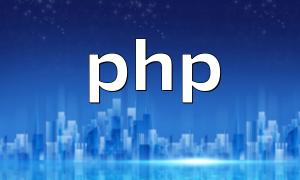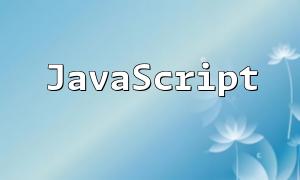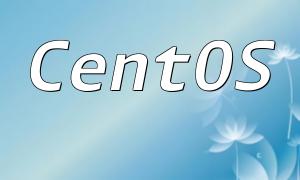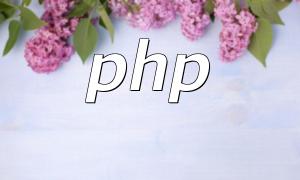PHP is a widely used server-side programming language, and MongoDB is a popular NoSQL database solution. Combining PHP7 with MongoDB can significantly improve application performance and scalability. This article shares a practical PHP7+MongoDB class that helps developers easily perform database operations.
The main reasons for choosing PHP7 with MongoDB are that PHP7 offers a significant performance boost—about twice as fast as previous versions—and MongoDB provides high-performance, scalable document storage, suitable for diverse data structures and large-scale data processing.
This class is lightweight and easy to use, simplifying interactions with MongoDB and improving development efficiency, suitable for various PHP projects.
First, install the MongoDB PHP extension using the following command:
<span class="fun">sudo pecl install mongodb</span>
After installation, include the class in your PHP project and create a MongoDB object:
<span class="fun">$mongo = new MongoDB();</span>
Use the class's connect method to connect to the MongoDB server, as shown below:
<span class="fun">$mongo->connect('mongodb://localhost:27017');</span>You can adjust the connection string according to your environment.
Inserting data is a common database operation. Using this class, you can easily add documents:
$data = array(
'name' => 'John Doe',
'age' => 25,
'email' => '[email protected]'
);
$mongo->insert('users', $data);
This code inserts a new record into the 'users' collection.
Querying data is also straightforward. The following code retrieves all user information:
$documents = $mongo->find('users');
foreach ($documents as $document) {
echo $document['name'] . ', ' . $document['age'] . ', ' . $document['email'];
}
The code loops through all documents and outputs their respective fields.
Updating records is convenient as well. The example below updates the age of a specific user to 30:
$data = array('age' => 30);
$mongo->update('users', array('name' => 'John Doe'), $data);
This operation updates the first document matching the criteria.
The deletion example below removes all documents where the name is 'John Doe':
$mongo->delete('users', array('name' => 'John Doe'));
The PHP7+MongoDB class introduced here covers everything from installing the extension, connecting to the database, to basic CRUD operations, greatly simplifying the process for PHP developers using MongoDB. Combined with PHP7's high efficiency and MongoDB's flexible storage, it provides robust technical support for modern applications. It is recommended to adjust and optimize according to your specific project requirements to ensure system stability and performance.
By using this class, you can focus more on your application’s business logic development and enjoy a more efficient database management experience.









